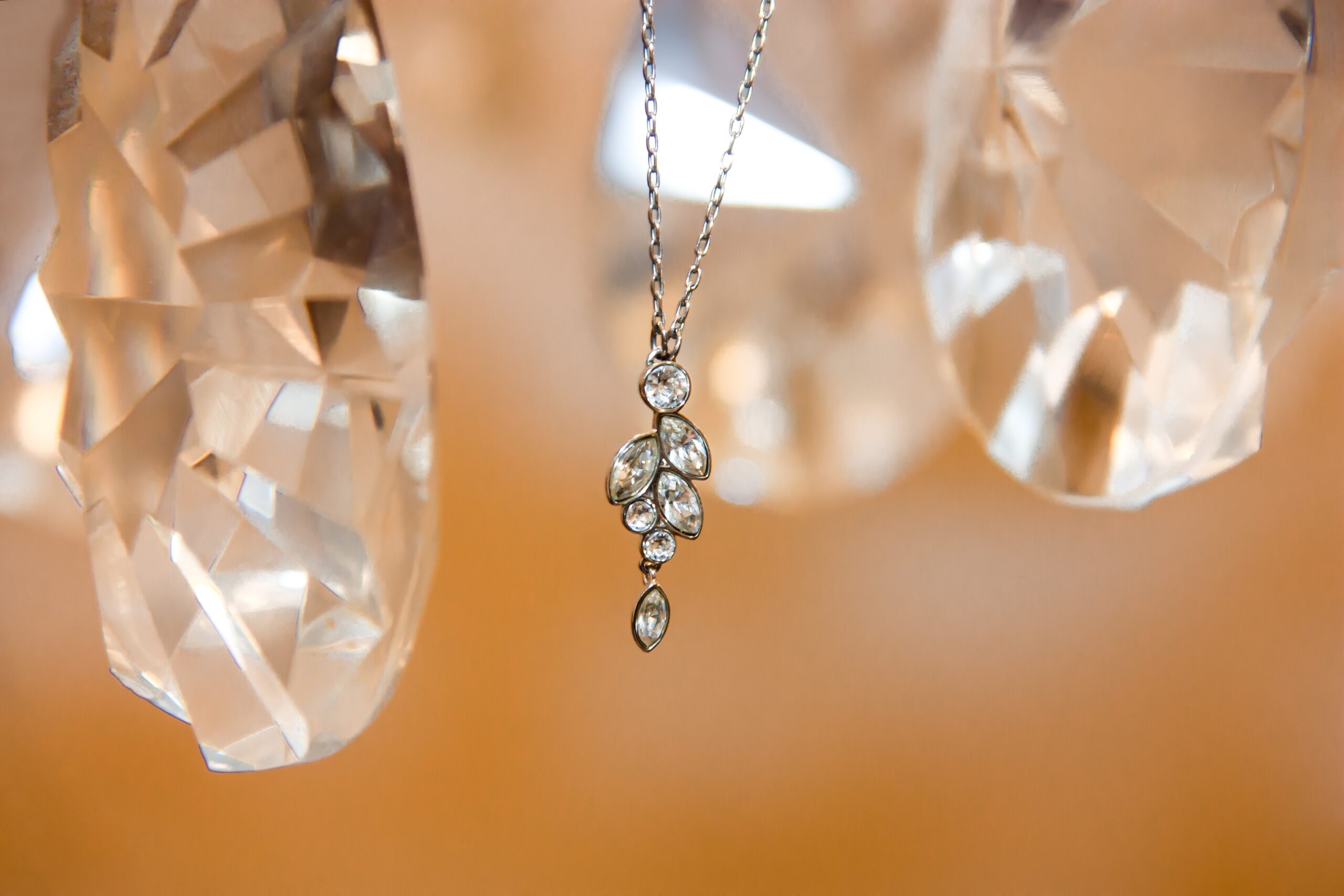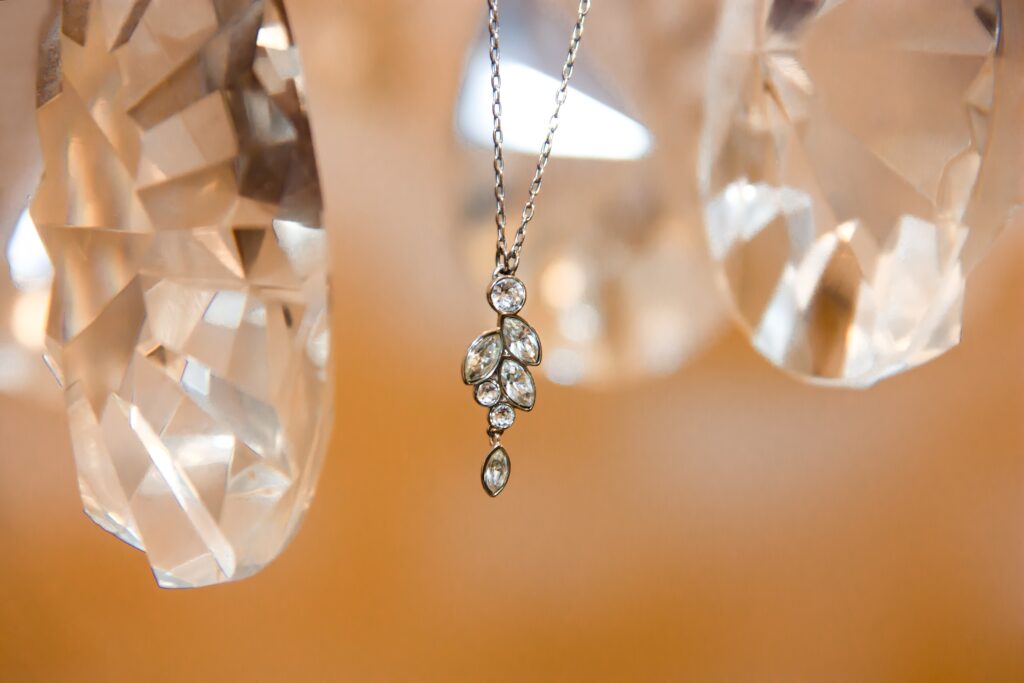
Imagine you stumble upon a beautifully crafted handmade jewelry piece and your curiosity is piqued. You can’t help but wonder, how can I determine its value? Whether you’re a collector or simply interested in understanding the worth of a unique piece, this article will guide you through the various factors to consider when assessing the value of handmade jewelry. From the quality of materials used to the intricacy of the design, unlocking the value of these one-of-a-kind treasures has never been easier. Determining the value of a handmade jewelry piece involves considering various factors that contribute to its overall worth. Whether you are a buyer or a seller, understanding these factors can help you make informed decisions and ensure fair pricing. In this article, we will explore the key factors that affect the value of handmade jewelry and provide insights into how you can assess them.
Check out our TOP three Recommended products
Materials Used
The materials used in creating handmade jewelry play a significant role in its value. Precious metals such as gold, silver, and platinum are highly sought after and tend to command higher prices. The purity and weight of these metals also contribute to their value. Gemstones, such as diamonds, rubies, sapphires, and emeralds, add both aesthetic appeal and value to jewelry pieces. Other materials like pearls, beads, and crystals can also influence the overall value depending on their quality and rarity.
Design Complexity
The complexity of the design is another factor to consider when evaluating the value of handmade jewelry. Pieces with intricate patterns, detailed engravings, and complex assembly techniques often require a high level of skill and artistry. Designs that showcase innovation and unique concepts may also increase the value of the jewelry. The more intricate and innovative the design, the more desirable and valuable the piece is likely to be.

Check out our TOP three Recommended products
Craftsmanship
The craftsmanship exhibited by the artisan is crucial in determining the value of handmade jewelry. Skill and expertise in jewelry making can be seen in the quality of the work, the attention to detail, and the overall finishing of the piece. A skilled artisan will take great care in creating a piece that is well-crafted, durable, and aesthetically pleasing. The level of craftsmanship directly affects the value of the jewelry as it reflects the time, effort, and expertise invested in its creation.
Brand Reputation
Brand reputation has a significant influence on the value of handmade jewelry. Well-established brands with a recognized and respected name often command higher prices. Their reputation is built over time through consistently delivering high-quality products, unique designs, and excellent customer service. Buyers are willing to pay a premium for jewelry produced by reputable brands due to their trust in the brand’s craftsmanship and design.

Gemstone Quality
The quality of gemstones used in handmade jewelry can greatly affect its value. Gemstone quality is determined by factors such as color, clarity, cut, and carat weight. Color refers to the intensity and hue of the gemstone, with vibrant and rare colors often being more valuable. Clarity relates to the presence of any inclusions or blemishes within the gemstone. A higher level of clarity generally leads to a higher value. The cut of the gemstone affects its brilliance and sparkle, with well-cut gemstones being more valuable. Finally, carat weight refers to the size of the gemstone, with larger stones typically being more valuable.
Age and Rarity
The age and rarity of handmade jewelry can significantly impact its value. Antique and vintage pieces often have historical significance and are sought after by collectors. The rarity of certain designs or materials used can also increase the value of handmade jewelry. Limited editions or one-of-a-kind pieces tend to be more valuable due to their uniqueness and exclusivity.
Market Demand
The current market demand for specific types of handmade jewelry can greatly influence its value. Trends and fashion play a significant role in determining what is popular at a given time. Styles that are in high demand will generally command higher prices. Consumer preferences, such as the preference for certain gemstones or metal types, can also impact the value of handmade jewelry. Additionally, the availability of supplies, especially for rare materials, can affect the market demand and subsequently influence the value of the jewelry.
Customization
Handmade jewelry that offers unique and personalized elements can have a higher value. Customized pieces are often created to fulfill specific preferences or to commemorate special occasions. These pieces hold emotional and sentimental value for the owner and are therefore considered more valuable than mass-produced jewelry. The ability to customize a piece according to individual tastes and preferences adds an extra dimension of worth.
Artistic Value
The artistic value of handmade jewelry is subjective but plays a significant role in determining its value. Some pieces may be admired for their artistic expression, creativity, and aesthetic appeal. Artistic value can be seen in the design concept, the use of colors and textures, and the overall visual impact of the piece. Jewelry that showcases exceptional artistry and exhibits a unique artistic style may command higher prices due to its intrinsic beauty and individuality.
Size and Weight
The size and weight of handmade jewelry can impact its value in multiple ways. Larger pieces often require more materials, resulting in higher production costs and, therefore, a higher price. Additionally, larger jewelry tends to make a bold statement and can be perceived as more valuable due to its visual impact. However, comfort and wearability are also important considerations. Bulky or excessively heavy jewelry may be perceived as less valuable if it compromises the wearer’s comfort.
In conclusion, several factors contribute to the value of handmade jewelry, including the materials used, design complexity, craftsmanship, brand reputation, gemstone quality, age and rarity, market demand, customization, artistic value, and size and weight. By assessing these factors, buyers and sellers can determine the fair value of a handmade jewelry piece and make informed decisions. Whether you view jewelry as an investment or as a personal adornment, understanding its value can enrich your experience and appreciation for these unique creations.